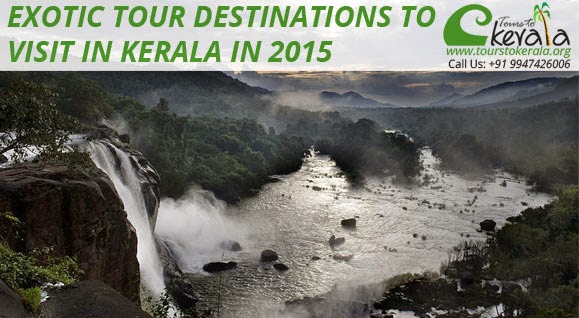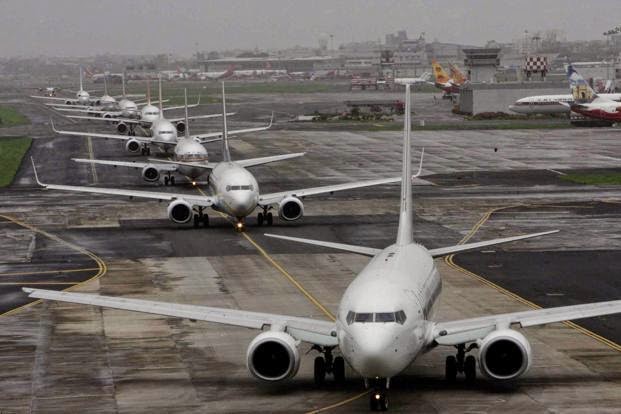India emerged as the second most trusted country in
the world in terms of faith reposed on its institutions even as globally trust
levels fell, according to a survey by Edelman.
The survey found that general level of trust in
institutions among college-educated people around the globe was at levels not
seen since 2009 in many of the markets it surveyed.
Trust in institutions in India has improved sharply
in 2015 with the country moving up three notches to the second place among 27
nations.
While the number of "truster" countries
are at an all-time low of six in 2015 including UAE, India, China and
Netherlands, the number of "distruster" countries has grown
significantly to 13 including Japan, Russia, Hong Kong, South Africa and Italy.
Brazil, Malaysia, France and the US are among the 8
"neutral" nations as per the trust index, the survey said. India,
which last year saw BJP-led NDA government storming to power at the Centre,
stands tall.
According to the report, an "alarming
evaporation of trust" has happened across all institutions, reaching the
lows of the Great Recession in 2009. Trust in government, business, media and
NGOs in the general population is below 50 per cent in two-thirds of countries,
including the US, UK and Germany, it said.
From fifth most trusted in 2014, India has now
become the second-most trusted in 2015 with a score of 79 per cent in the
barometer. The study has put India Prime Minister Narendra Modi's image on the
first page.
The list is topped by UAE with 84 per cent trust.
Indonesia (78 per cent), China (75 per cent), Singapore (65 per cent) and
Netherlands (64 per cent) are the others that have recorded highest levels of
trust.
Globally, the overall trust index was down a
percentage point from the previous year at 55 per cent. Trust levels in major
developed economies, such as the United States, Germany and France, hovered
around 50 per cent.
The barometer shows waning trust in non-governmental
organizations, media and business. Trust in government recovered somewhat but
politicians remain the most distrusted group assessed at 48 per cent.
Interestingly, trust in politicians in India has grown to 82 per cent in 2015
from 53 per cent a year ago.
Government was the only institution to gain trust in
2015, driven by improvements in 16 countries, including India. In terms of NGOs
in India, trust was almost flat at 74 per cent from 75 per cent. Also, while
trust in media has fallen in more than half of the countries, India appears to
have scored well on that front too with 76 per cent in 2015 vis-a-vis 71 per
cent in 2014.





























